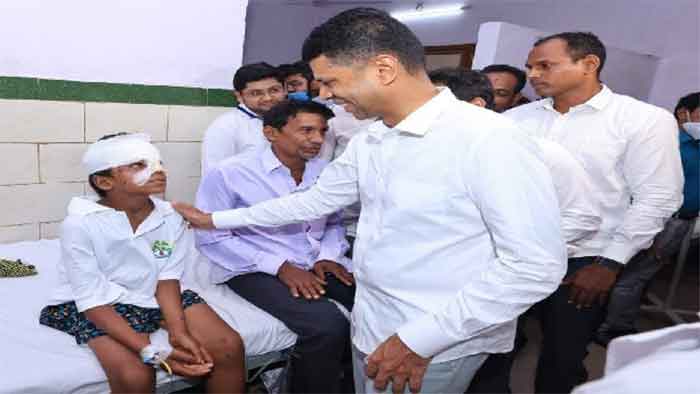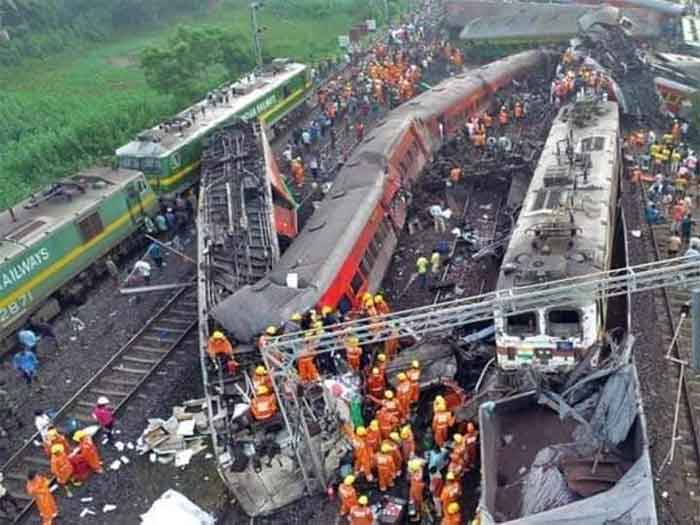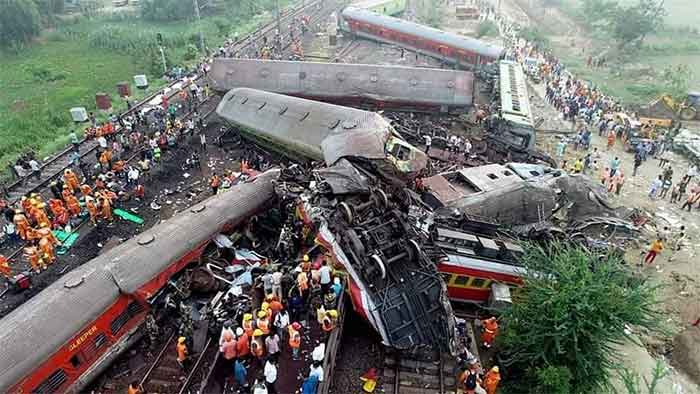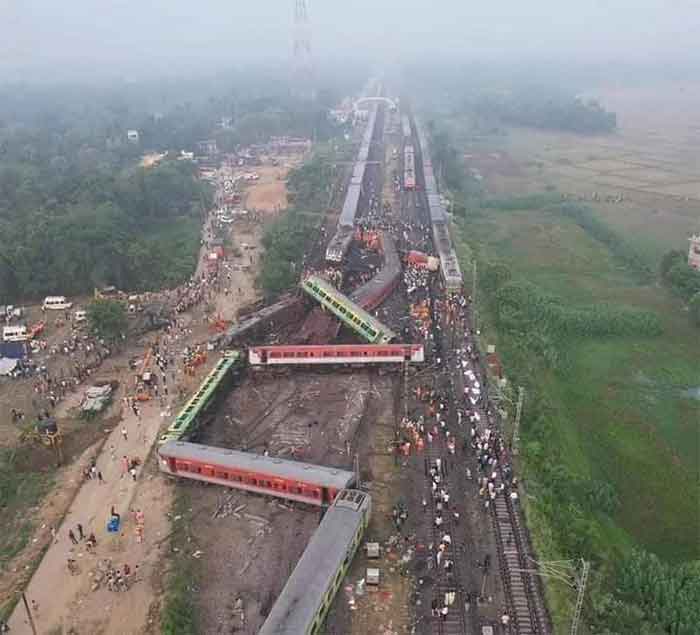
Nearly 1000 people have been injured in the recent extremely tragic train accident in Odisha; various new reports have mentioned a figure ranging from 800 to 1100 injured persons. There have been assurances at the highest level that the government will make very good arrangements for their treatment. However it is important to remember that many injuries suffered in rail accidents can be very serious and require longer term treatment and rehabilitation.
One hopes that the government will give adequate consideration to this aspect of the need for a longer-term commitment to the treatment and care of accident victims in the case of this accident as well as any other accidents. In the past it was often seen that there was much immediate sympathy and care but over a longer period free and proper treatment could not be sustained. Many of those injured are poor people including migrant workers and their families are entirely helpless in arranging treatment for complicated injuries. However not only in their case but in fact in the case of all victims it is the duty of the government to ensure longer-term continuing treatment to those who need this.
A quick review of some studies will indicate the nature of injuries suffered by victims of train accidents. A study was conducted involving 174 victims of train accidents admitted in a hospital of Cape Town, South Africa during 2013-19. The results of this study were published in a paper written by Christina Niovi Kontoghiorghe and published in SICOT-J with the title ‘Train related injuries: A descriptive analysis highlighting orthopaedic injuries and management’. This paper has stated that tibial fractures were most common. 38 per cent of these patients had suffered open fractures. 68% of patients underwent surgery. 5% died. 13% underwent amputation, despite the fact that a lot of attention was given in this hospital to avoiding amputation and instead trying limb salvage to the extent possible. Many patients of this study needed high levels of intervention through multi-disciplinary reviews, surgical procedures and lengthy inpatient stays.
At the same time this study has cited other studies in the USA where there was a higher incidence of amputation in place of limb salvage and another study in Turkey where higher rates of death as well as amputation were reported.
A study of victims of accidents in suburban trains in Mumbai by Ruchita Bhoyar, Nitin Borle and others published in the National Medical Journal of India in 2021 was also based on patients admitted to hospital. This study revealed that 46 per cent were seriously injured and 12 per cent died. Most of the serious injuries were on head and neck (36 per cent), followed by extremities (26 per cent) including fractures and amputations. Despite the seriousness of most patients, only 23 per cent had received first aid before being brought to hospital. Such a record is worrying for a city which has a very high number of accidents very regularly in its suburban trains which in turn is related to shortage of trains, overcrowding and rush to catch trains.
A note on common train injuries in the USA prepared by the law office of Marc S. Albert, where several such cases relating to train injuries have been handled, mentions the following common train accident injuries—brain injuries ranging from mild ones to open head wounds and traumatic brain injuries requiring lifetime of care and involving possibility of permanent harm, amputation, spinal cord injury requiring several surgeries and extensive rehabilitation, burns, lacerations etc.
Even this brief review of train accident injuries from medical and legal perspectives reveals the compelling need for being well prepared to provide longer-term treatment, care and rehabilitation. If the government is to live up to its promise of providing the best possible care, it must prepare very well to fulfill this responsibility as well as allocate adequate resources for this as longer term commitment for such serious injuries and medical conditions is certainly going to need adequate back-up of resources. The tendency so far to seriously underestimate the number of persons injured in various rail accidents should be given up and carefully prepared records of all seriously injured persons requiring longer-term treatment and care should be maintained. There should be periodic reviews of their treatment and needs.
Bharat Dogra is Honorary Convener, Campaign to Save Earth Now. His recent books include Planet in Peril, Protecting Earth for Children and When the Two Streams Met.














































